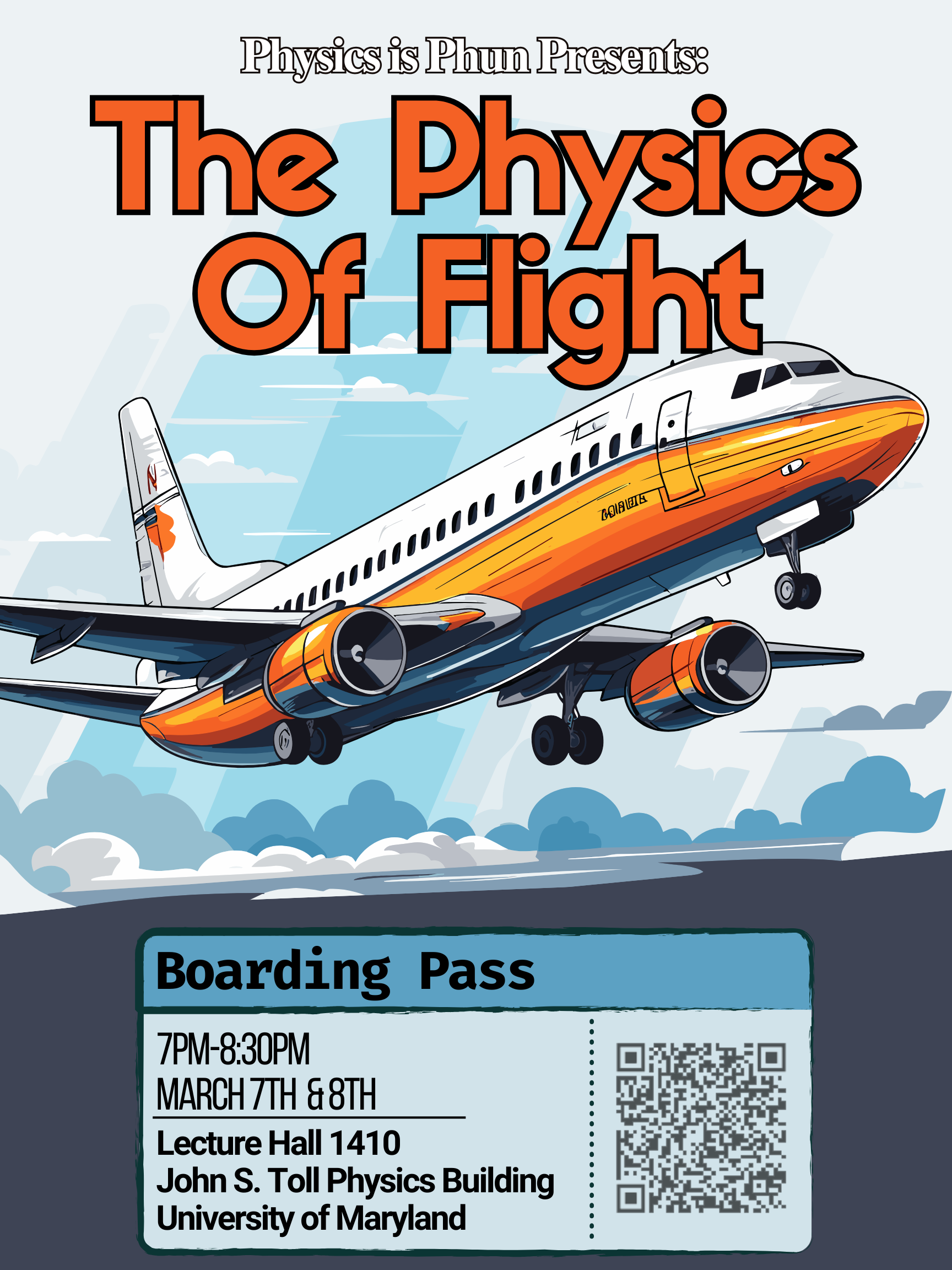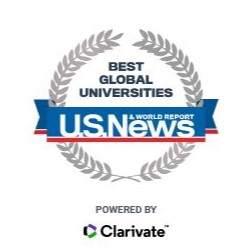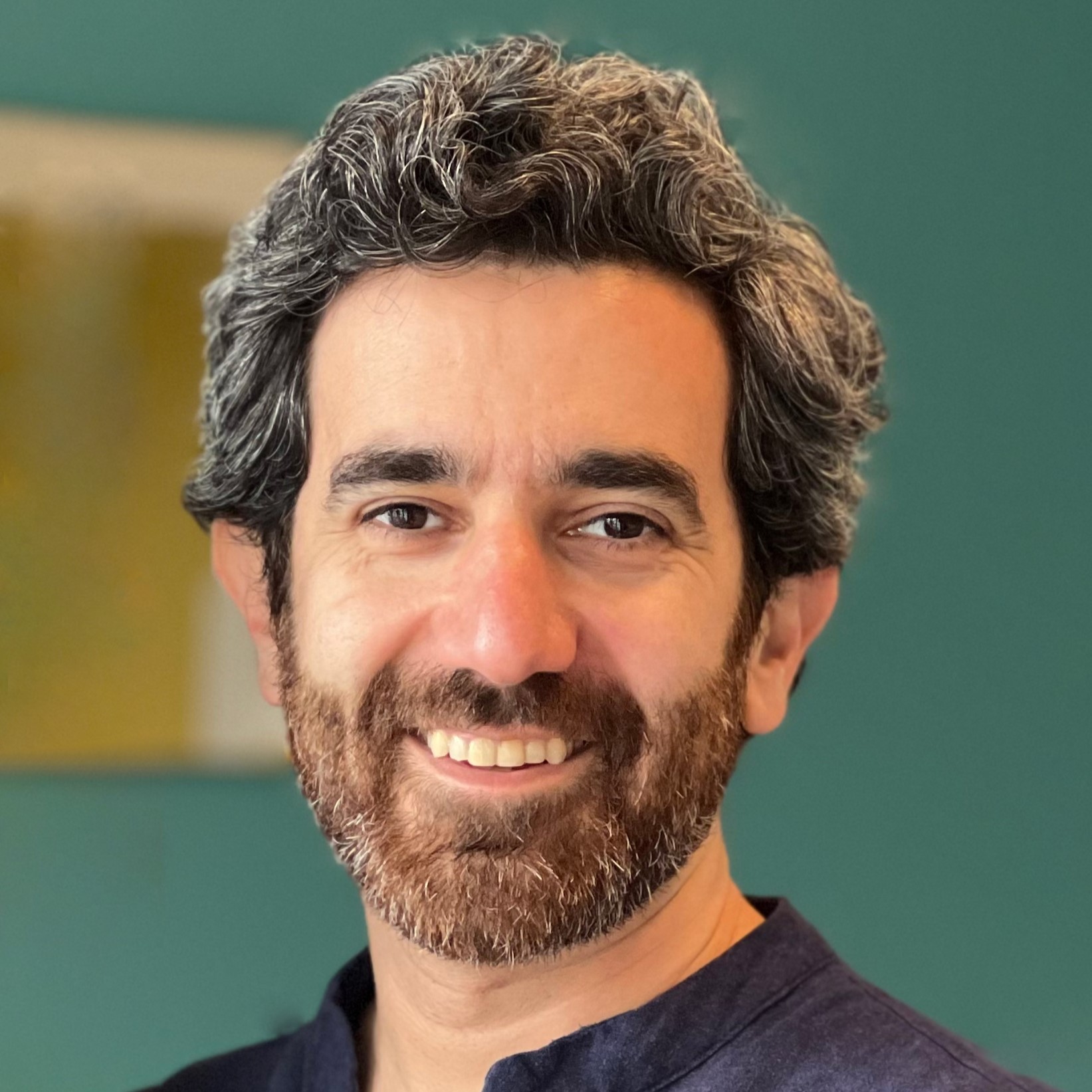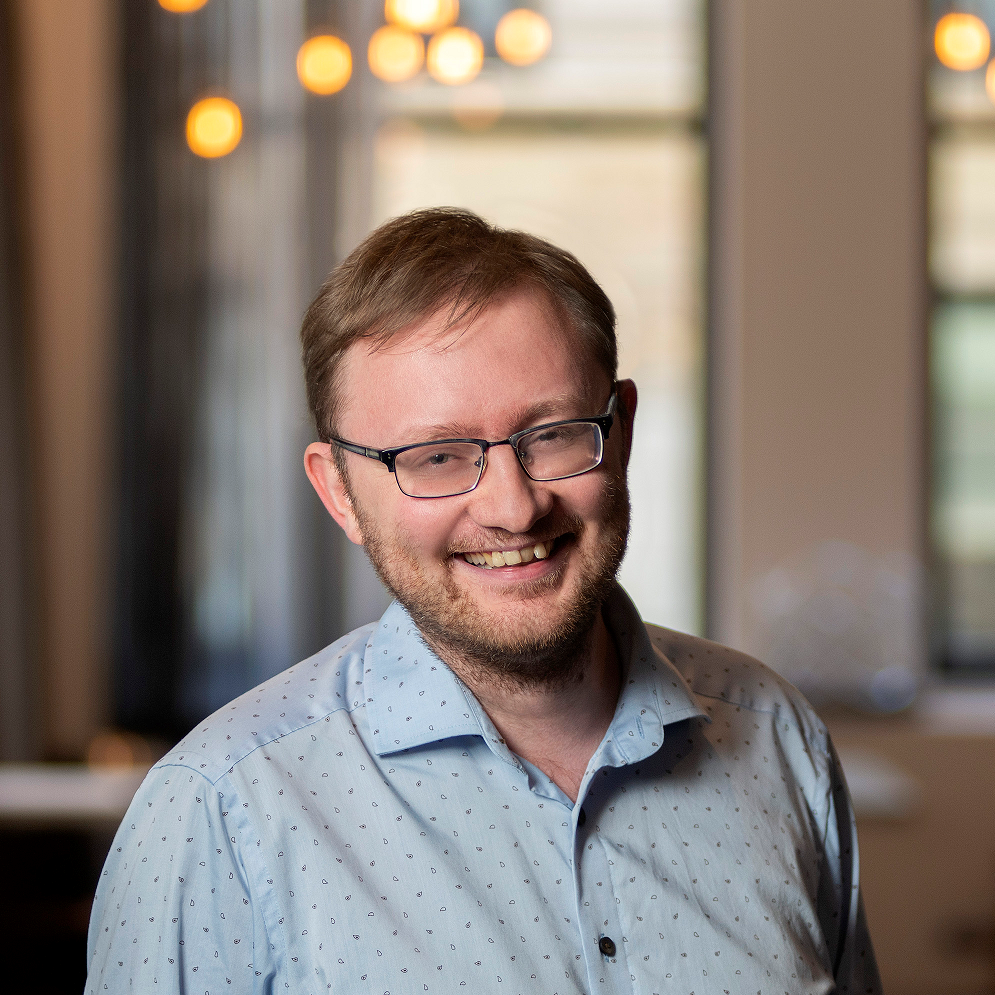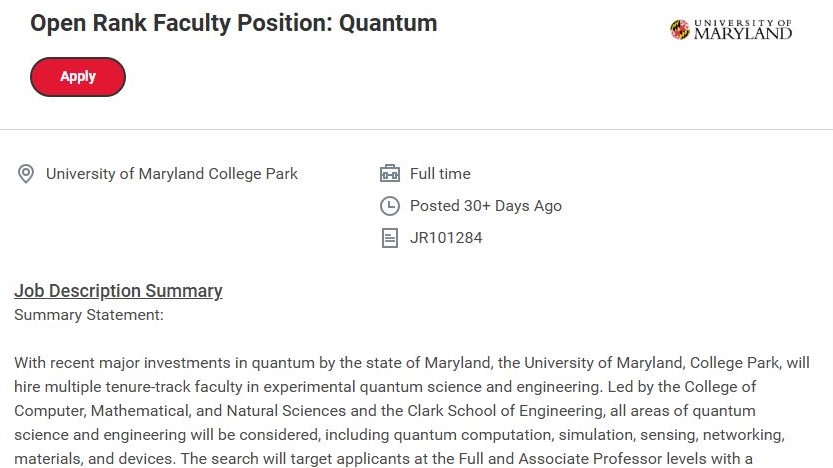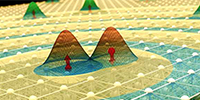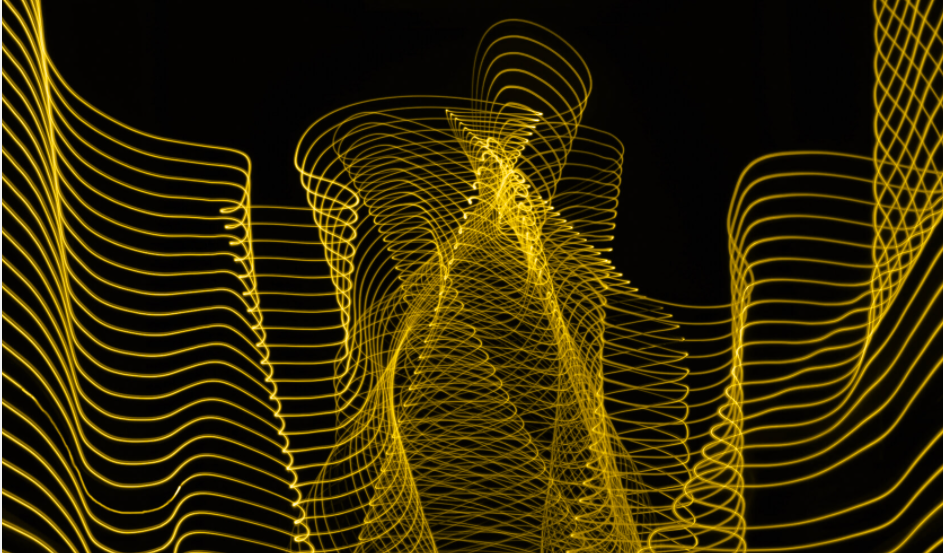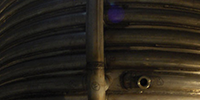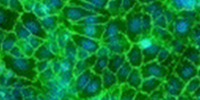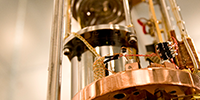Dennis Papadopoulos, University of Maryland
October 28, 2014
By the late 19th century engineers and experimental scientists knew the behavior of radio waves and understood how and at what frequencies they could transmit information over large distances. However the puzzling question was why the signals followed the curvature of the earth. It took more than 20 years to discover the “ionosphere” an “electrically active” region starting 100km above the earth that reflected the radio waves similar to a mirror returning to the ground. The importance of controlling the long-range propagation of radio waves for military and commercial purposes necessitated the understanding of the properties of the new medium, the ionosphere, and initiated a novel method of experimentation radio sounding: sending radio waves to the ionosphere and detecting the properties of the return signal (travel time, amplitude, direction and polarization). Radio sounding transformed atmospheric studies from passive observations to active “cause and effect” studies similar to laboratory experiments. It revealed that the ionosphere is a very unusual magnetized plasma medium with relatively low electron concentration and low dissipation, extending from 100 to 300 km above the ground. While initially radio sounding was performed with low power radio transmitters recently developed phased array transmitters with Effective Radiative Power (ERP) larger than 1 GW allowed frontier research in nonlinear plasma physics, geophysics and radio science with implications to space weather, Van Allen belts, GPS signals and magnetospheric probing. Following a historical introduction to the subject the presentation will focus on recent physics achievements, including:
• Creation of artificial ionization layers.
• Langmuir waves, parametric instabilities, electron acceleration and artificial aurora.
• Virtual antennas at ELF/VLF frequencies and their use in magnetospheric, ionospheric and underground probing.
• Artificial mirrors for frequencies in the GHz range.
-------------------------------------------------------------------------------------------------------------------------------------------------------------------------------------------------
Colloquia are held Tuesdays in the Physical Sciences Complex at 4:00 pm (preceded by light refreshments at 3:30). If you have additional questions, please call 301-405-5946.








